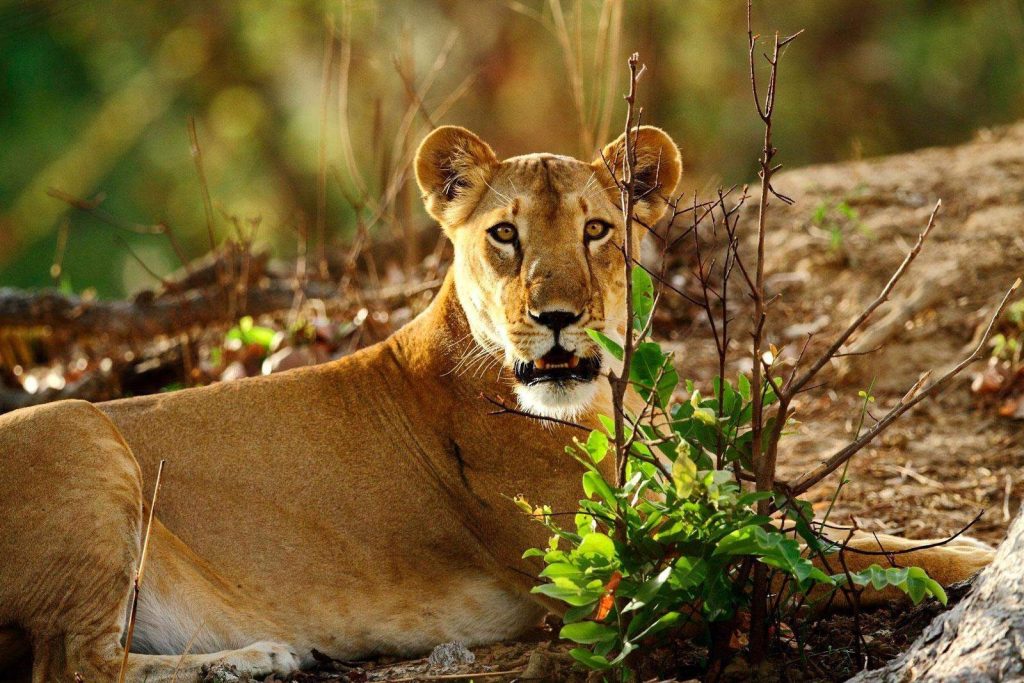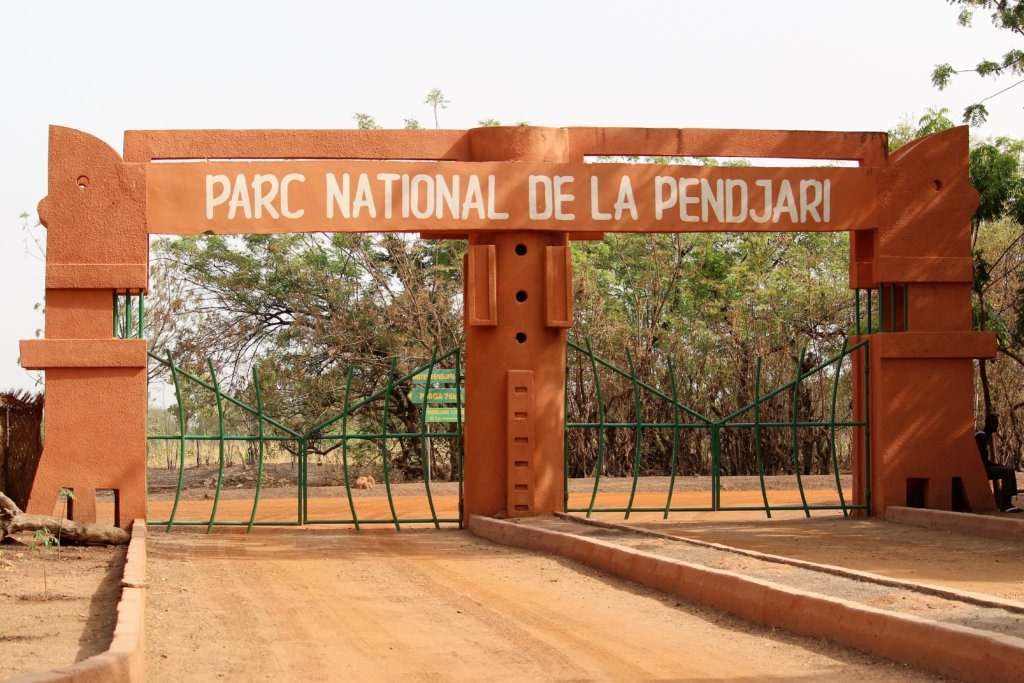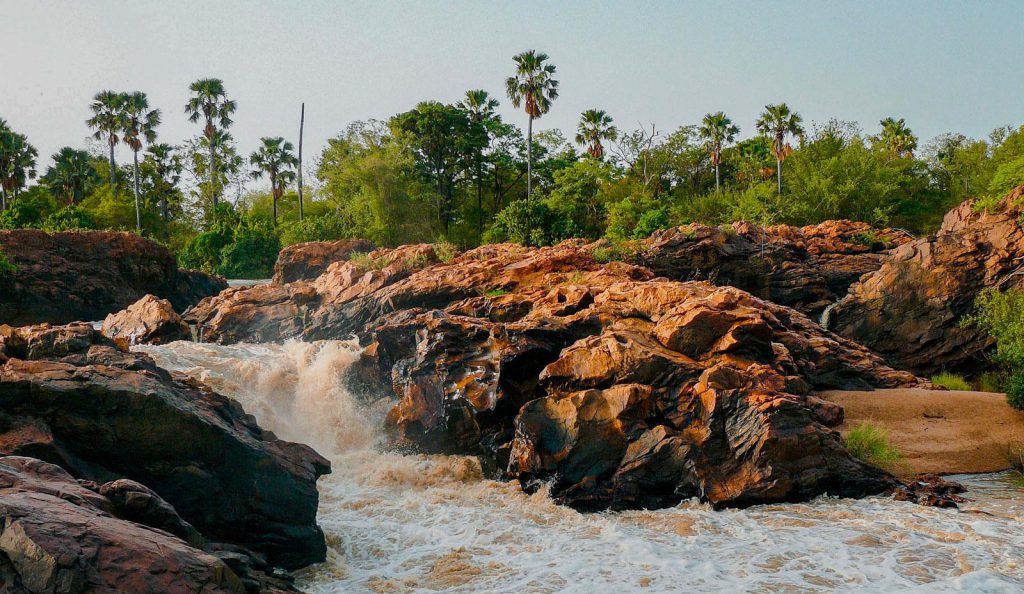Benin boasts an impressive variety of protected areas covering approximately 29.6% of its territory. Among them are two ecologically significant national parks: the Pendjari National Park and the W National Park of Benin.
Pendjari Park, part of the larger W-Arly-Pendjari Complex, spans 2,755 km² and is known for its rich biodiversity. This park within the network of national parks of Benin, is especially famous for being one of the last refuges of large mammals like elephants, lions, and buffaloes in West Africa, forming an excellent wildlife and flora reserve in Benin protected by the regional government, filled with wild animals and different plant species. Additionally, it is an important area for bird conservation, recognized internationally.
W National Park of Benin, on the other hand, covers 5,020 km² and is part of a transboundary extension between Niger, Burkina Faso, and Benin. This park hosts a diverse fauna including ungulates, aardvarks, baboons, buffaloes, caracals, crocodiles, hippos, leopards, lions, servals, and warthogs, and is also a crucial habitat for elephants and cheetahs.
In addition to these national parks, Benin has UNESCO biosphere reserves and Ramsar sites dedicated to the protection of wetlands important for the country’s biodiversity. These conservation efforts are vital for the maintenance of endangered species and for genetic and conservation research.
List of National Parks in Benin
Types of National Parks and Protected Areas in Benin
The 63 protected areas spread across the African country, officially recognized as the Republic of Benin, are assigned different levels of protection, encompassing national parks, hunting zones and regional parks, forests and reforestation areas, UNESCO Biosphere Reserves, World Heritage Sites, and Ramsar sites.
National Parks
Benin has two of these spaces, and each offers a unique experience to its visitors. The Pendjari National Park and the National Park of Niger, Burkina Faso, and Benin. The latter is often referred to by the name of the country, although as mentioned, the protected area is distributed among the three African countries, with its transboundary limits allowing the wildlife habitat to have an extension without border limitations for animals to make natural migratory movements without obstacles, thus preserving biological diversity and contributing to the conservation of endangered species.

Migration of elephants in Pendjari National Park in Benin by Africanparks
Benin’s national parks are home to diverse species of fauna and flora, some of which are endangered. By visiting these parks, you will not only immerse yourself in impressive landscapes but also support the country’s conservation efforts.
Hunting Zones and Regional Park
Although the name might sound contradictory, these hunting zones are intended for conservation and ecotourism. The hunting zones and the regional park protect important habitats and offer opportunities for wildlife watching in their natural environment.
Catalogued Forests and Reforestation Areas
With 37 catalogued forests and 7 areas dedicated to reforestation, Benin is committed to preserving its forests and restoring degraded areas. These spaces are essential for maintaining ecological balance and combating climate change.
UNESCO Biosphere Reserves
Benin is proud to have 3 biosphere reserves recognized by UNESCO: Pendjari Biosphere Reserve with 8,800 km², the transboundary W Biosphere Reserve with 7,280 km², and the transboundary Mono River Reserve in Benin and Togo, with 3,463 km².
These areas demonstrate a balance between environmental conservation and sustainable development.
World Heritage Site and Ramsar Sites
These places have both cultural and natural value. The World Heritage Site is a testament to Benin’s rich history, while the Ramsar sites, dedicated to the conservation of wetlands, are essential for aquatic biodiversity.
Ramsar Sites in Benin
- Oti-Kéran-Mandouri Wetlands Complex: this wetlands complex is located in northern Benin and is shared with Togo. It is known for its importance for migratory waterbirds and hosts a variety of aquatic and terrestrial habitats.
- Mono River Estuary: this Ramsar site is located in southern Benin and encompasses the estuary of the Mono River. It is an important habitat for waterbirds, fish, and other marine and coastal species.
- Coastal Lagoons of Grand-Popo and Togbin-Daho: these coastal lagoons are located in southern Benin and are essential for the conservation of marine and coastal biodiversity, including waterbirds and fish species.
- Lake Nokoué: situated near the city of Cotonou, Lake Nokoué is a wetland of great importance for biodiversity and fishing in Benin. It is also essential for the livelihoods of local communities who depend on its resources.
- Basse Vallée de l’Ouémé Swamps and Lagoons: these wetlands are located in the Ouémé Valley region and are crucial for biodiversity conservation, especially for waterbirds and fish species.
World Heritage Sites in Benin
- Historic City of Ouidah: Ouidah is a coastal city in Benin that played a significant role in the history of the slave trade in West Africa. The city is known for its cultural history and colonial architecture. It was inscribed on the World Heritage List in 1996.
Welcome to the fascinating country of Benin, home to rich cultural traditions and astonishing biodiversity! This small but mighty country in West Africa, with its vast mosaic of ecosystems, hosts a surprising variety of National Parks and protected areas that are essential for the conservation of its natural heritage.


